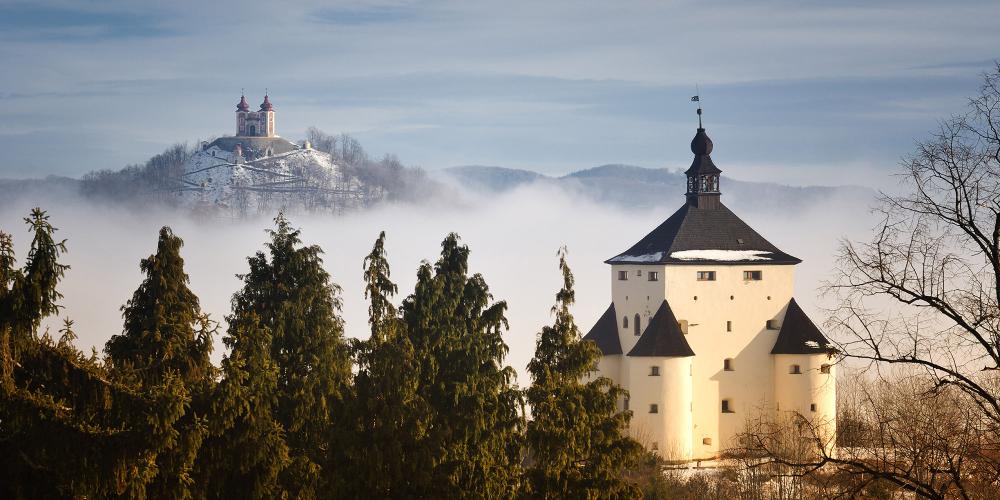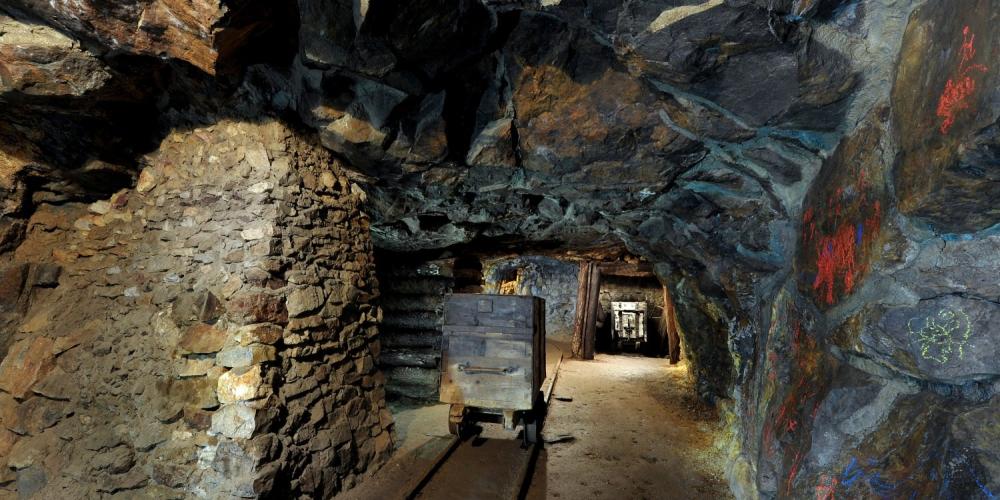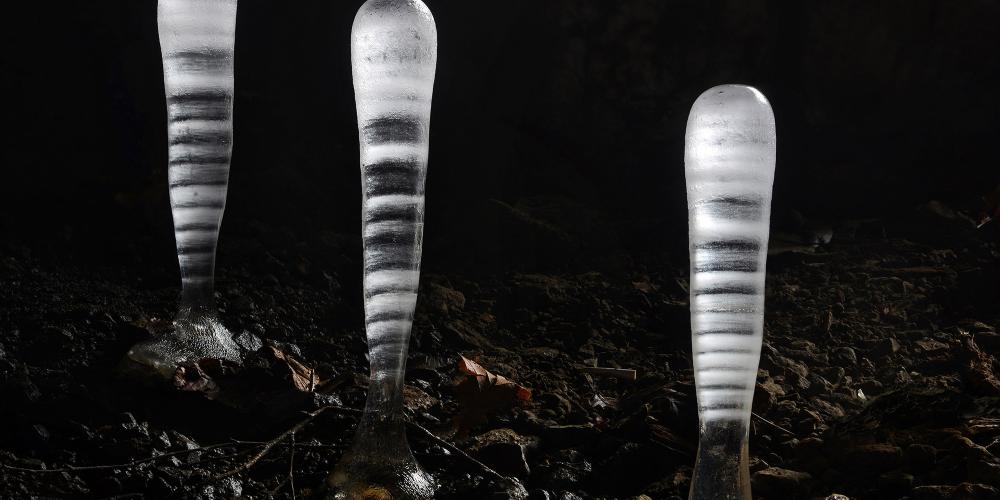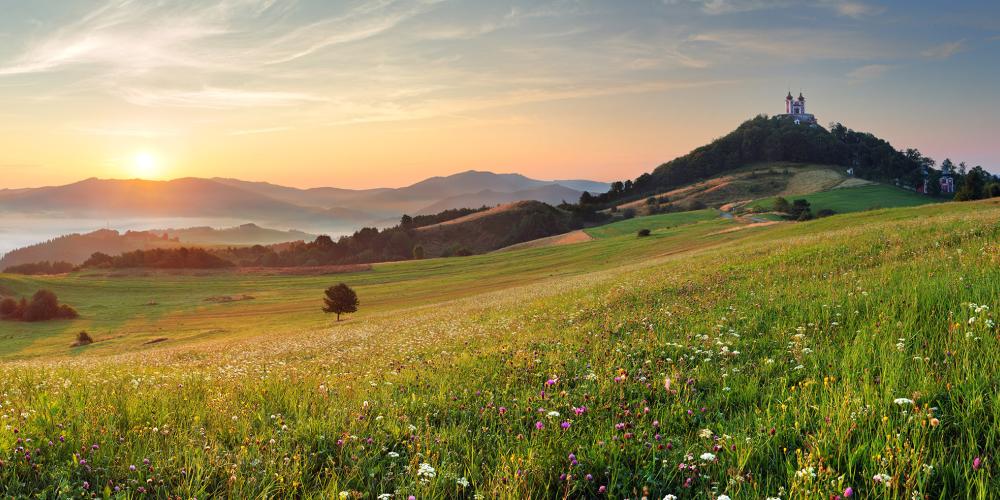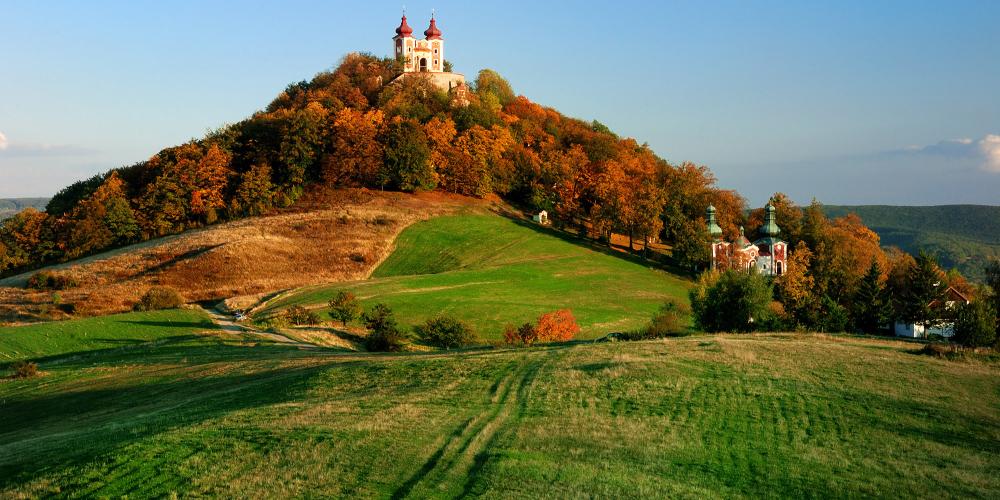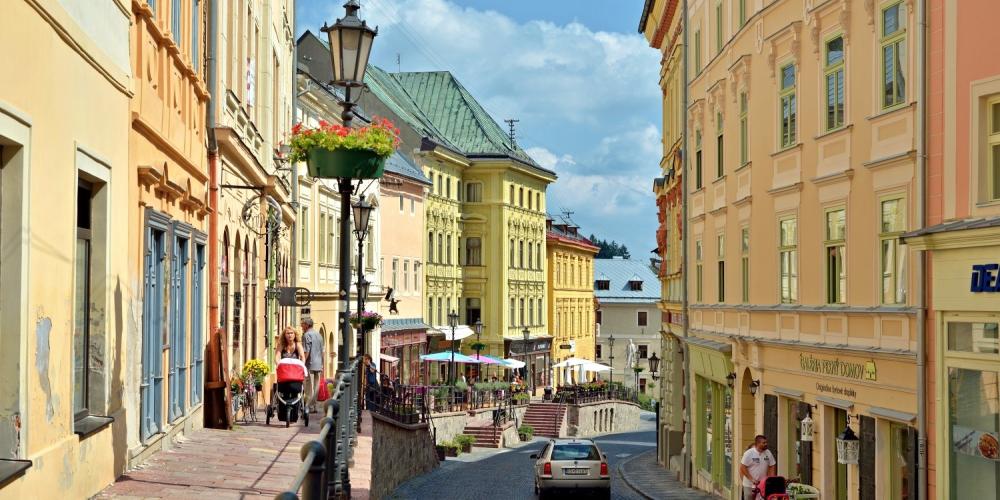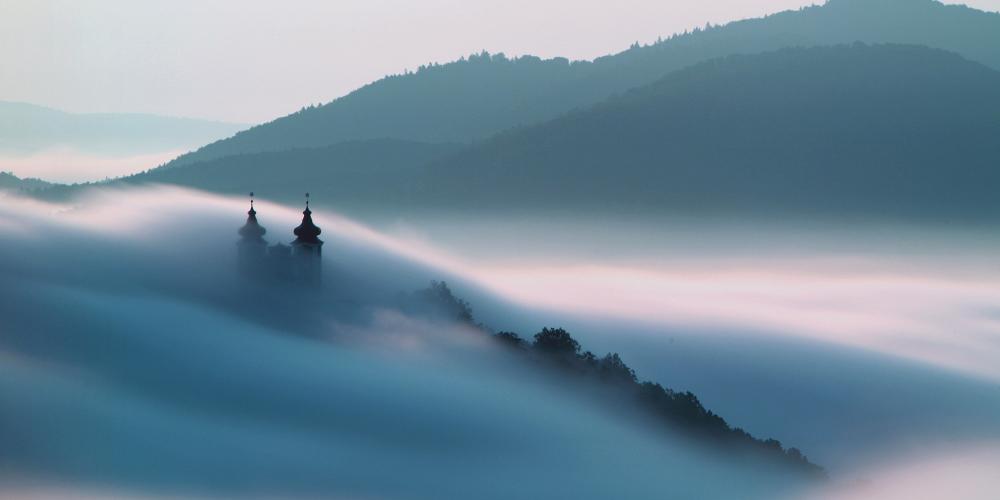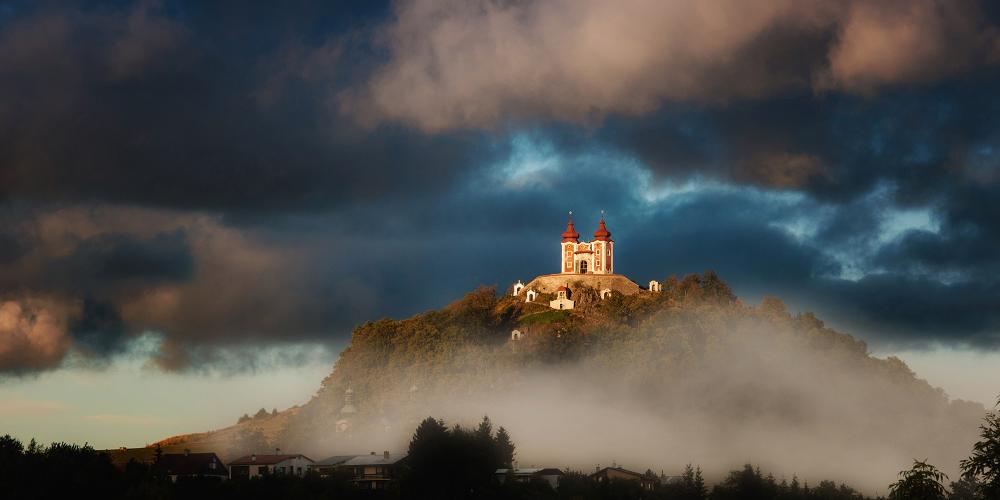Historic Town of Banská Štiavnica and the Technical Monuments in its Vicinity, Slovakia

In the Middle Ages, Banská Štiavnica was the main producer of silver and gold for the Kingdom of Hungary. By the 18th century, it was the biggest mining centre in the Habsburg Monarchy. The establishment of the first educational institution in Europe dedicated to technology—the Mining and Forestry Academy, founded in 1762—marks the importance of this town as a hub for this empire-driving industry.
Workers risked their lives excavating precious metals in the region’s mines for centuries. Facing the constant threat of floods, collapses, and fires, miners were superstitious, and careful to follow strict rules—like not whistling—to protect themselves. Above ground, however, life was opulent for those who made fortunes from the mines and the miners' labour. Evidence of this way of life can be seen in the collection of elegant castles and palaces filling the town's centre.
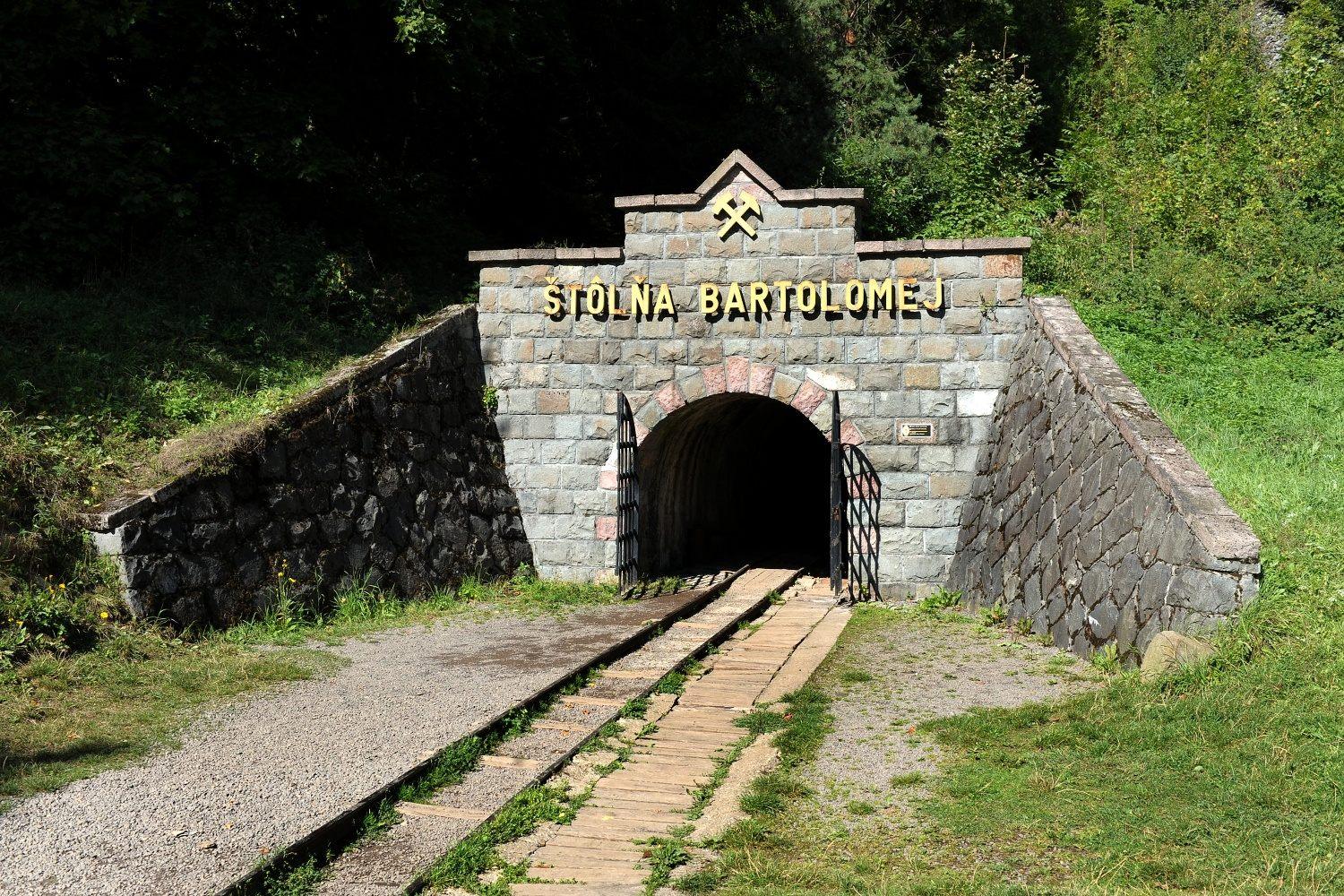
Banská Štiavnica's historic architecture and engineering works have been well-preserved, and the town is a lively cultural hub offering stunning views of the surrounding Štiavnica Mountains. In the centre of town, grand buildings show the incredible wealth hauled up to the surface from mines across the region. Don't miss the chance to explore the remaining underground mining shafts, where you will descend with your helmet and lantern into the illuminated tunnels—past mediaeval tools and equipment—and get a taste of what life was like for the workers. After visiting the mines, you will be ready for a swim in a 'Tajch'. These artificial water reservoirs were built in order to provide energy for mines and are now popular recreational areas for swimming in the summer, and ice skating in the winter.
Nature's Push—Man's Ingenuity
Banská Štiavnica owes its existence to nature. The town, located in central Slovakia, sits in the middle of a caldera. The eruptions from the ancient volcano spewed rich, precious metals and minerals across the land. Humans have been collecting that valuable residue for thousands of years.
For several centuries, starting in the Middle Ages, Štiavnica (Schemnitz in German, Selmecbánya in Hungarian) was one of the richest cities in Europe. Both Vienna and Budapest were built on the silver and gold extracted here. The monarchy and its empire used the wealth from the ore to grow and expand their reach.
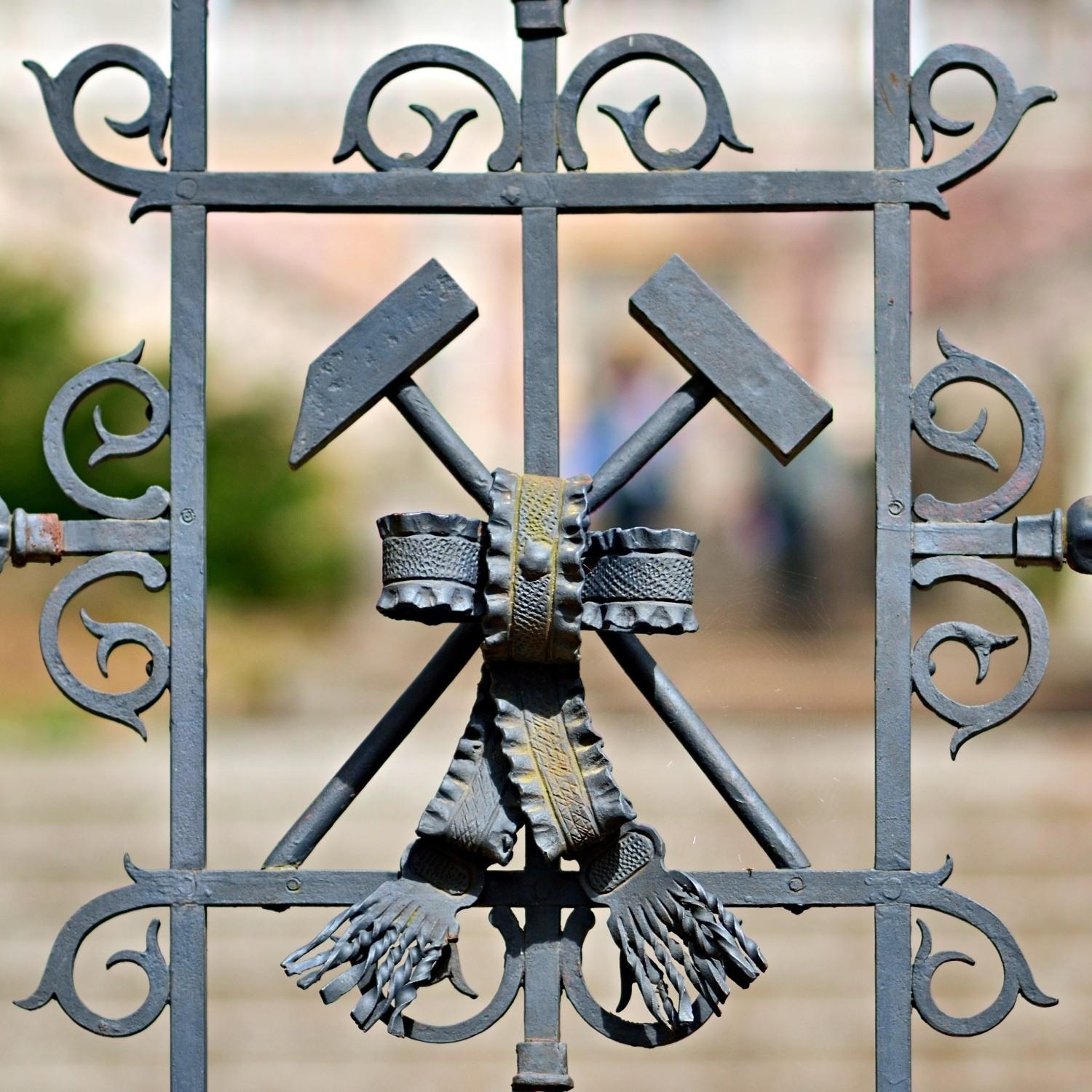
Once the third largest city in the Hungarian Empire, Banská Štiavnica was a centre for miners, metallurgists, alchemists, mineralogists, land surveyors, cartographers, technical designers, and builders. Gunpowder was used to blast rock from the mines for the very first time ever here. This level of creative spirit and ingenuity made the region a magnet for famous architects and artists. The result was a slew of palaces, houses, statues, and churches.
Today, the city centre remains perfectly preserved from its form over 250 years ago. And, since 1993, the historic town and the area’s technical monuments have been inscribed on the UNESCO World Heritage List. Once called "Silver Town," Banská Štiavnica is alive with history, architecture, and forests—heaven for history lovers and adventurers who want to explore the origins of an entire region.
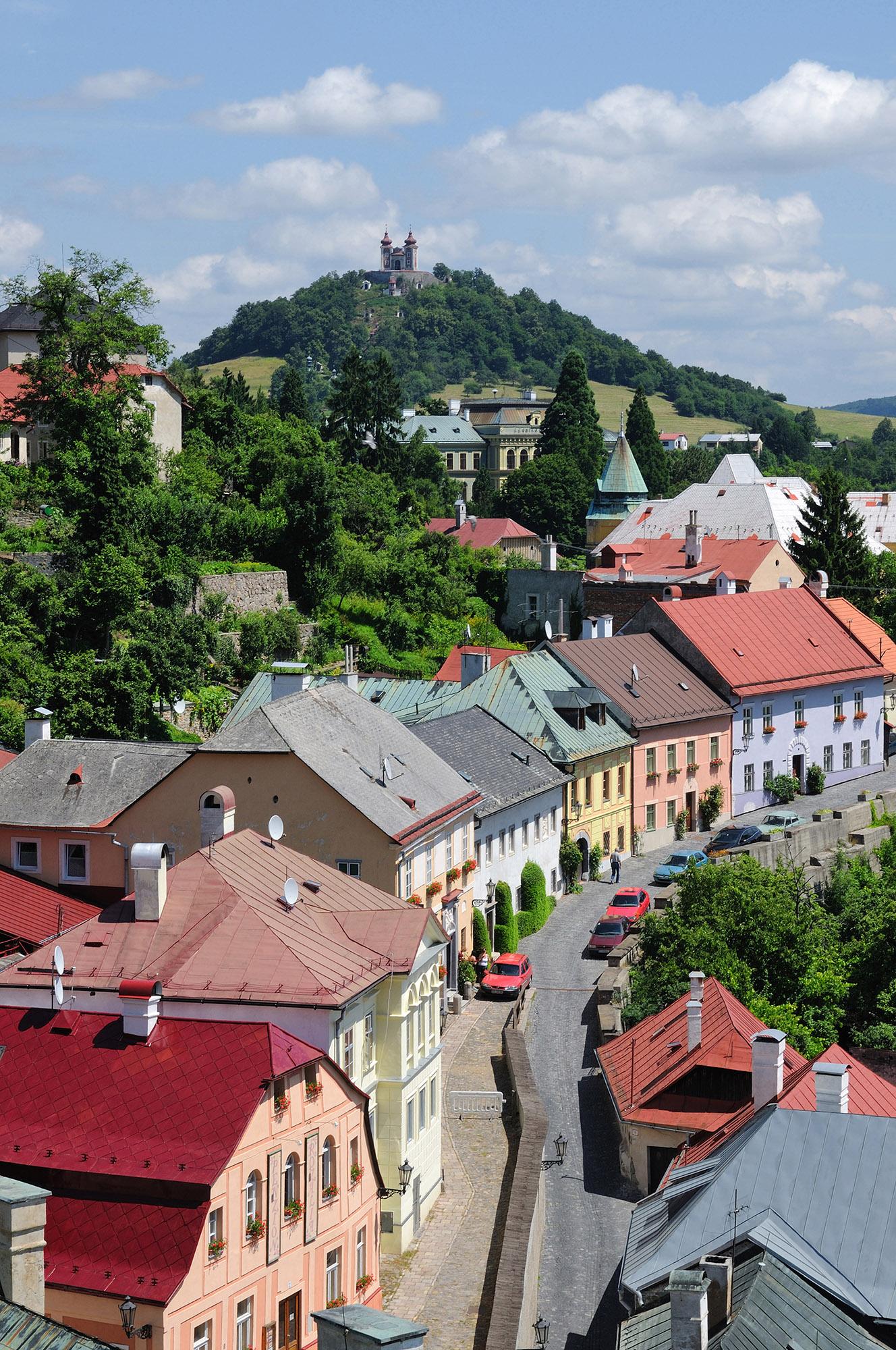
A Cultural Paradise for Visitors
The Celts, Slavs, Saxons, Turks, Poles, Hungarians, Slovaks, and Czechs all left their traces here, and worked together in the ditches, heaps, and quarries of the mountainous region. Over generations, the surrounding settlements and shepherd villages scattered around the majestic Sitno Hill became a harmonious unit. Visitors can feel this today.
German technical talent melded with Hungarian toughness and Slovak diligence to shape the town even during eras when cultures, religions, and nobles clashed. But even these times of tension provide lessons for today. The Old Castle breathes with mediaeval atmosphere and military sternness. The Knocking Tower is a cult mining building. The New Castle is iconic and not to be missed. Other must-see attractions include: the beautiful nave of the Evangelical Church; Kammerhof, the seat of Chamber Earls and the royal safe; fifteen Wäldburger houses on the Holy Trinity Square; and Glanzenberg, the mining gallery of kings and princes.
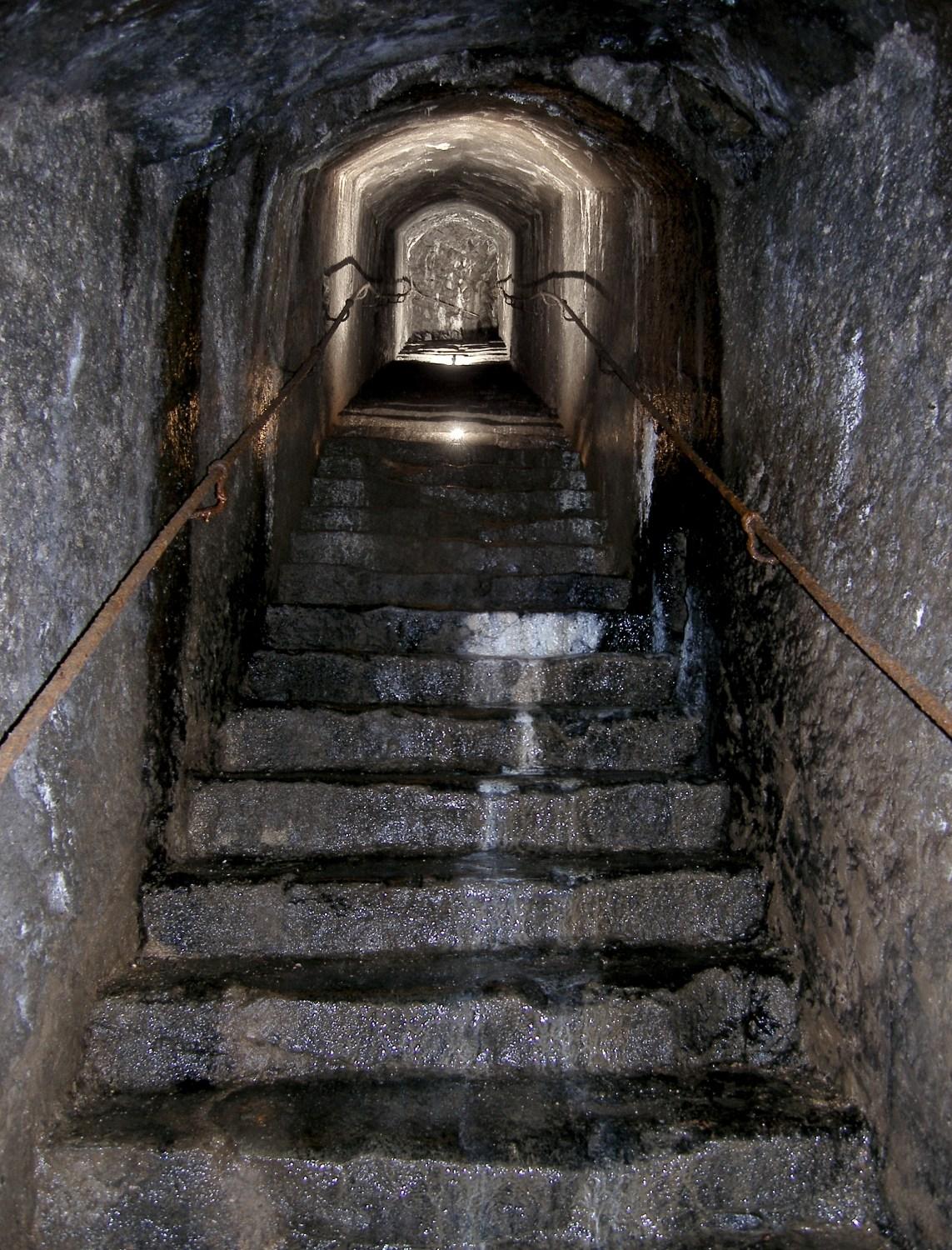
When you're ready for refreshment and replenishment between activities, Banská Štiavnica has modern cafés, bars, boutiques, galleries, and museums. Calvary—a complex of churches, chapels, and nostalgic pensions in burgher houses—is a perfect one-stop shop for visitors. The tajchs (water reservoirs) are wonderful for swimming and relaxing in the hills and among beautiful forests. For those who want to combine education, architecture, gardens, and a perfectly preserved historic town, come journey along the old-world streets of "Silver Town" and listen closely to the whispered stories and glories.
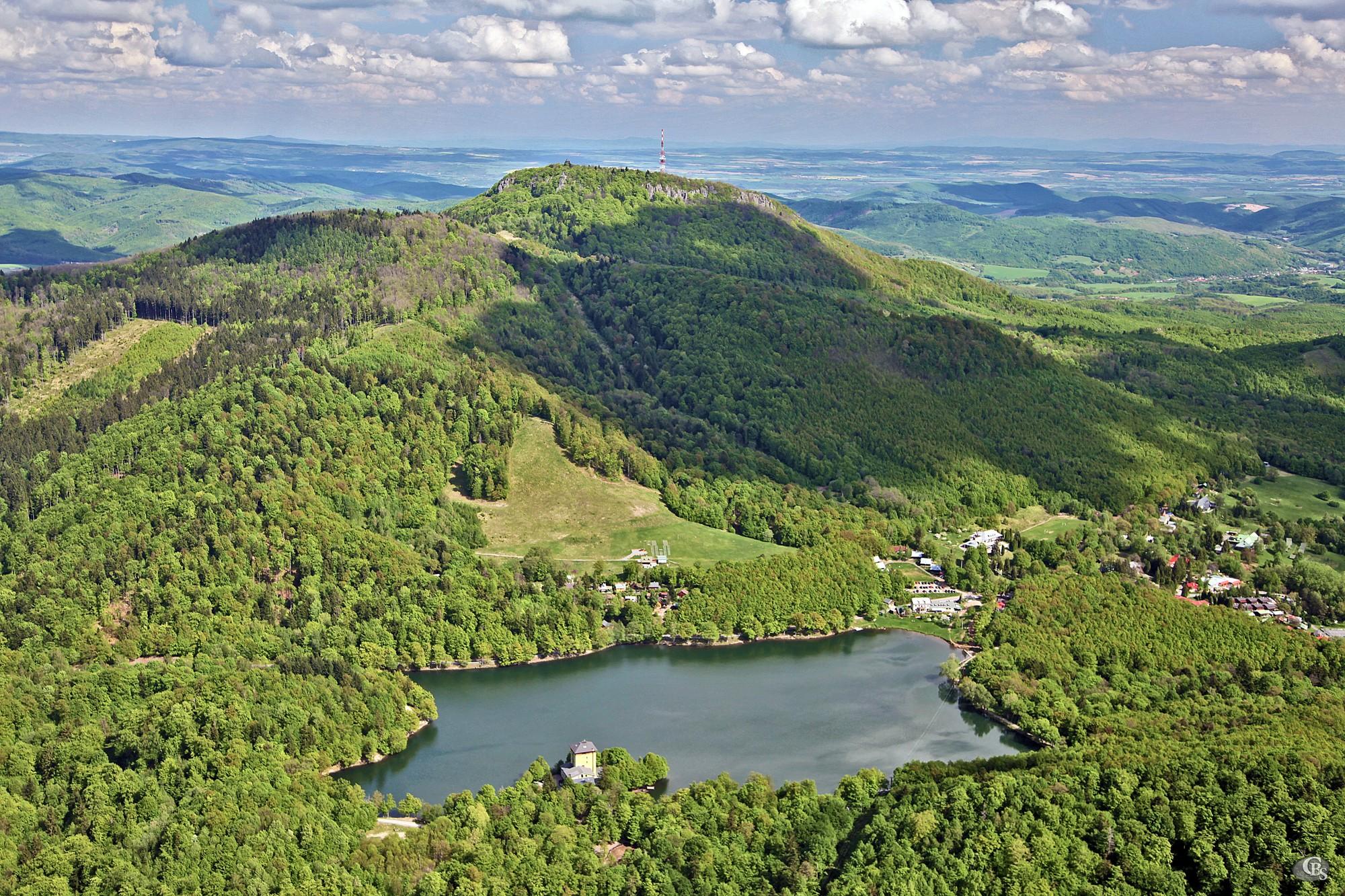
How to Get There
There are six access roads leading to Banská Štiavnica. If you arrive by auto, be prepared for steep ascents along narrow roads. You'll approach the region via highway R1 (20 km from town) from Bratislava, which connects Žarnovica, Bzenica, Hliník nad Hronom and Hronská Breznica. From the south, you will approach Banská Štiavnica by the road through Bátovce. A longer, but safer, road comes through Hontianske Nemce.
There are direct bus connections between Banská Štiavnica and Bratislava, Zvolen, Žiar nad Hronom, and Žarnovica. Štiavnica's station is on Križovatka Street with stops for both municipal and regional connections.
The train connection between Banská Štiavnica and Hronská Dúbrava is quite romantic. The slower diesel train called Štiavnická Anča comes through beautiful landscapes and runs on the famous Track of Youth. The station is about 3 kilometres from town centre.
If travelling by plane, the nearest airports: Sliač, 32 km; Budapest, 143 km; Bratislava, 173 km; and Vienna, 250 km.
When to Visit
Banská Štiavnica has a relatively mild climate, and there are activities all year round. The best time to visit Banská Štiavnica is at the end of summer, when temperatures start to cool, days are long, and businesses are open late. In the summer you can swim in the tajchs. In winter, you can ski or cross-country ski on many kilometres of maintained tracks. Hiking is great in every season.
For museums and galleries, the best time to visit is between May and August, when they are open almost every day.
How to Visit
Pack comfortable shoes and be prepared to walk—it is the fastest way to get around in town through the little streets. Taxi service is reliable, but bus connections within the town are very modest. For cyclists and those inclined to two wheels, there are e-bike rentals.
It is also recommended to wear suitable clothes depending on the season and temperatures. Visitors should count on storms in summer.
There is free Wi-Fi is on the Holy Trinity Square (Námestie sv. Trojice). The Information Centre staff speaks Slovak, Czech, English, German, Hungarian, Russian, and Polish.
